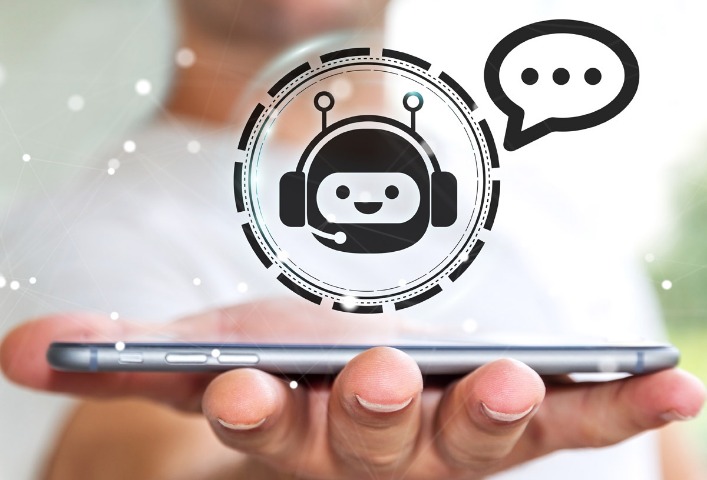As technology continues to advance, one of the most revolutionary developments in recent years has been the emergence of AI chat. These advanced systems are transforming how businesses, individuals, and technology interact with one another.
What is AI Chat?
AI chat refers to the use of artificial intelligence to facilitate and manage communication through messaging platforms. These systems can understand, interpret, and respond to human language in a way that feels natural and intuitive.
Key Features of AI Chat
- Natural Language Processing (NLP): AI chat systems leverage powerful NLP algorithms to understand and respond accurately to user queries.
- Context Awareness: They retain context across multiple interactions, making conversations more coherent and engaging.
- Multilingual Support: Many AI chat systems support a range of languages, allowing for global accessibility.
- Integration Capabilities: These systems can be seamlessly integrated with various platforms like social media, customer service portals, and apps.
Benefits of AI Chat
Read more about NSFW AI here.
- 24/7 Availability: AI chat systems can operate round-the-clock, providing consistent support without the need for human intervention.
- Cost Efficiency: They significantly reduce operational costs by automating routine queries and transactions.
- Enhanced User Experience: By providing quick and accurate responses, AI chat enhances user satisfaction and engagement.
- Scalability: Scaling up AI chat systems to handle high volumes of interactions is far simpler than traditional methods.
Applications of AI Chat
The versatility of AI chat extends across various domains:
- Customer Service: Retailers and service providers use AI chat for handling customer inquiries, order tracking, and troubleshooting.
- Healthcare: AI chatbots assist in scheduling appointments, providing medical information, and monitoring patient health.
- Education: Educational institutions deploy AI chat to support student queries, offer course advice, and facilitate virtual learning.
- Entertainment: AI chat systems enhance user experience by recommending content, answering queries, and offering personalized interactions.
Future Trends in AI Chat
The growth trajectory of AI chat indicates even more sophisticated features and applications in the future:
- Improved Personalization: Leveraging user data to offer more tailored responses.
- Enhanced Emotion Detection: Recognizing and responding to user emotions to create more empathetic interactions.
- Greater Integration with IoT: Using AI chat to control smart home devices and other IoT applications.
- Advanced Security Measures: Enhancing security and privacy features to protect user data.
FAQs About AI Chat
1. What is the difference between AI chat and traditional chatbots?
AI chat utilizes advanced artificial intelligence and natural language processing to provide more accurate and context-aware interactions, unlike traditional chatbots, which are often rule-based and limited in scope.
2. Can AI chat systems understand multiple languages?
Yes, many modern AI chat systems are capable of understanding and responding in multiple languages, making them highly versatile for global use.
3. Are AI chats secure?
Security is a priority, and most AI chat systems incorporate robust encryption and privacy measures to safeguard user data.
4. How do businesses benefit from AI chat?
Businesses benefit through reduced operational costs, improved customer satisfaction, 24/7 support, and the ability to handle high volumes of interactions efficiently.
Conclusion
AI chat represents a significant leap forward in the realm of conversational interfaces. Its ability to process natural language, understand context, and offer personalized interactions is revolutionizing numerous sectors. As this technology evolves, its impact on everyday interactions and business operations will only continue to grow.





